Do you have videos on your website and want to earn from them? You’re in the right spot. Ads can help, and we’ve made a list of the top 10 video ad networks just for publishers.
I’ll break it down with simple words, making it easy for everyone. So, if you’re hoping to find the perfect fit for your site, stick around. I’ve got some great platforms for you.
Let’s get into it!
Content Outline
10 Best Video Ad Networks For Publishers in 2026 😍
Here is the list of the best video ad networks for publishers.
1. Chocolate Platform
One of the prominent names in the world of video ad networks for publishers is the Chocolate Platform. With its rapid growth, it has earned a well-deserved spot on any comprehensive list of such networks.
Catering primarily to mobile developers and publishers, Chocolate Platform stands out as an excellent option for those seeking to engage mobile users effectively. This platform holds great potential if you aim to target a mobile audience.
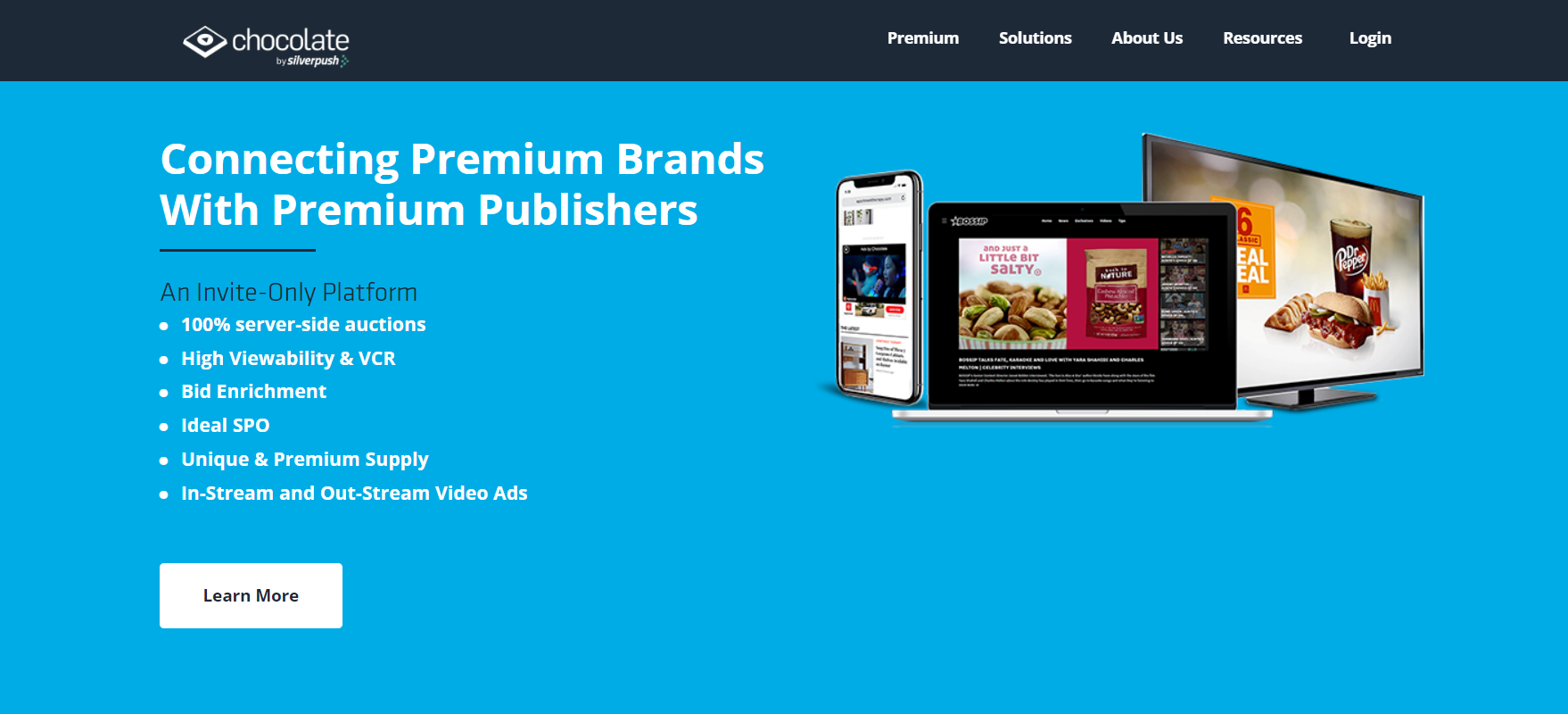
It is important to note, however, that Chocolate Platform’s focus lies predominantly on mobile apps. About 90% of the demand bids are impressively from mobile app placements, while only 10% are directed towards mobile web placements.
2. Verizon Media
Verizon Media, formerly known as Oath, has established itself as a trusted and dependable platform for advertisers seeking to run video ads.
Bringing together the strengths of AOL and Yahoo, it offers a comprehensive suite of services and is renowned for its exceptional customer support.
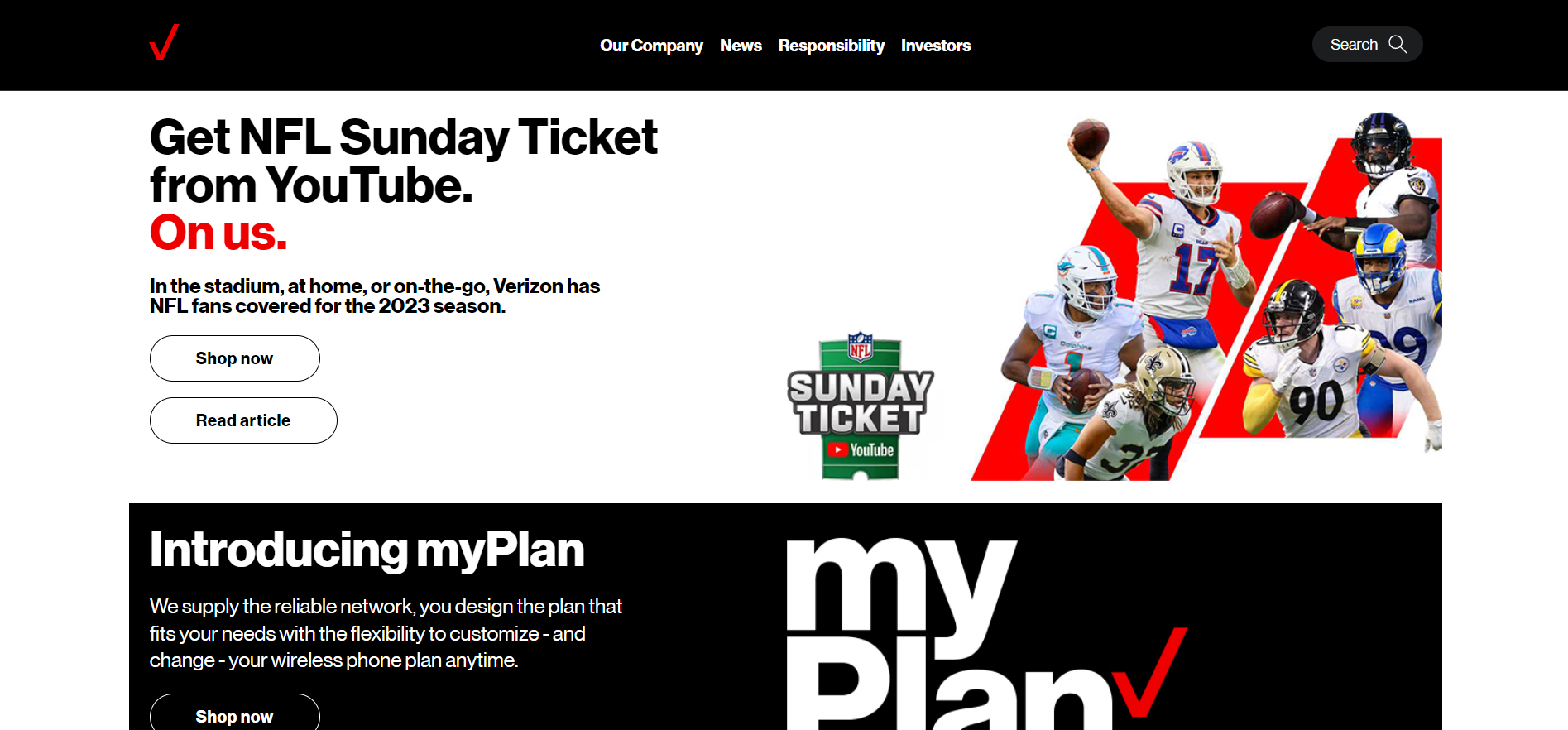
One of the standout features of Verizon Media is its user-friendly self-serve platform, which empowers advertisers and publishers to navigate the ad ecosystem easily.
The platform boasts top-notch safety tools, ensuring a secure environment for all stakeholders. For publishers, Verizon Media presents a remarkable opportunity to capitalize on out-stream video ads.
By embedding a script into various ad formats, publishers can seamlessly run engaging video ads that captivate their audiences and drive results.
3. Unruly
When you become a part of Unruly, you gain unparalleled access to major Demand-Side Platforms (DSPs) and trading desks and the opportunity to collaborate with 95% of the top brands in the AdAge 100.
What sets Unruly apart from other options is its unique approach to monetization.
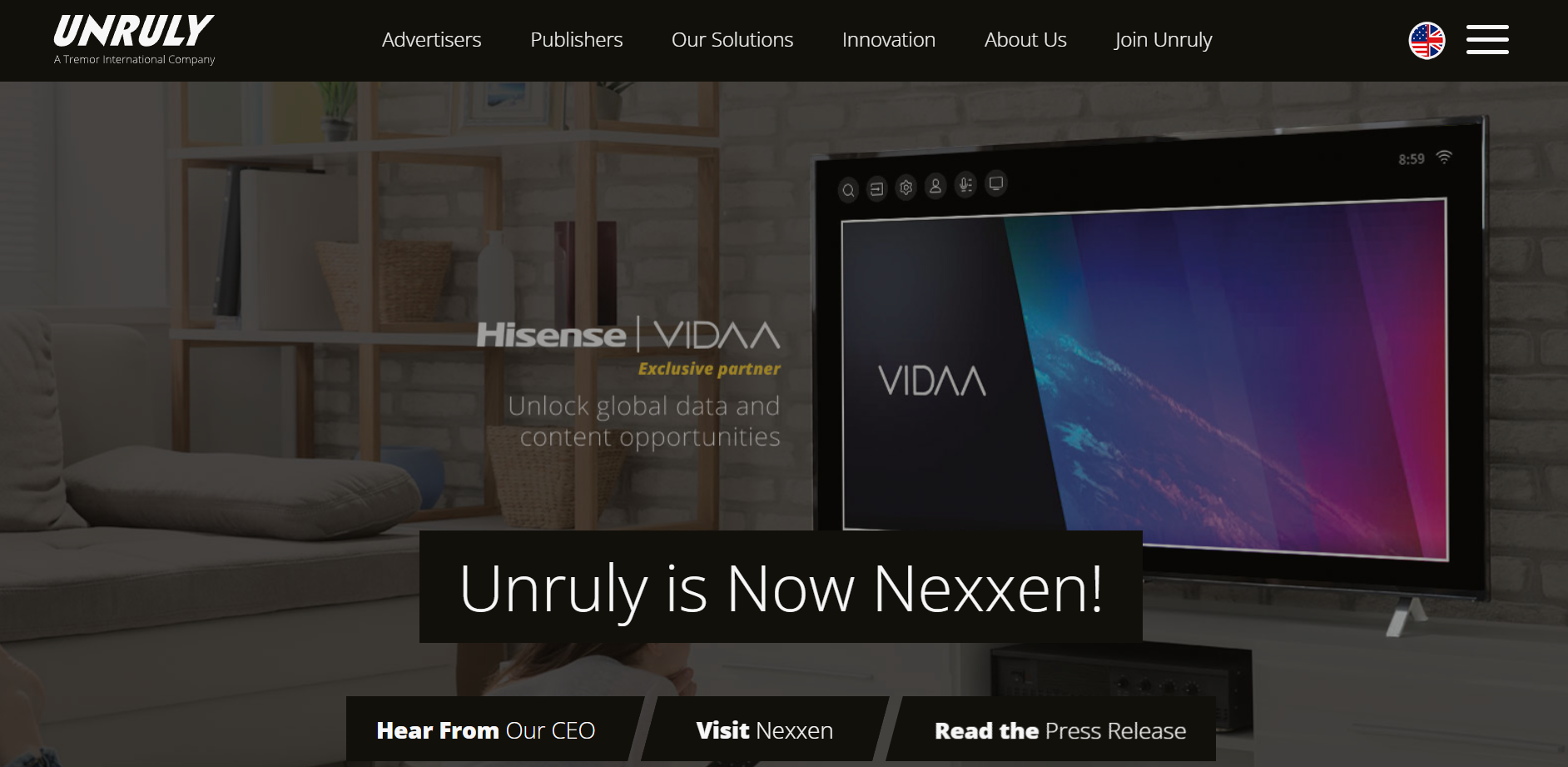
Unlike many networks, Unruly does not require publishers to possess pre-existing video content to capitalize on their platform. However, Unruly offers various options for those with video content to suit diverse advertising needs.
Publishers can choose from in-stream, out-stream, and mobile video formats, expanding their advertising possibilities and engaging their audiences more effectively.
4. SelectMedia
If you’re looking for a top-tier video ad network tailored to the Asian market, your search culminates with SelectMedia.
As an international ad system, it caters excellently to Asian publishers and brands, offering various ad formats to suit different advertising needs.
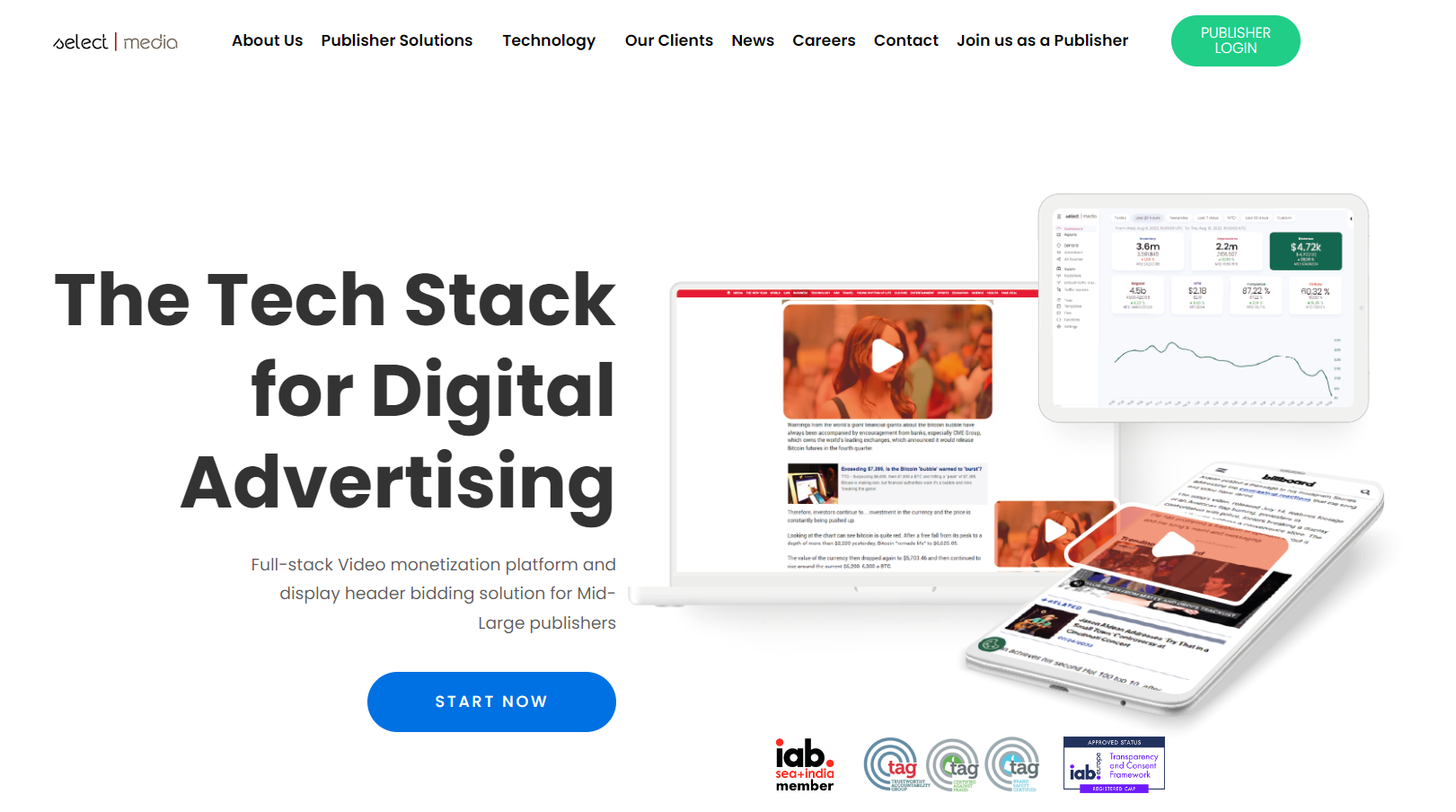
SelectMedia stands out for its extensive selection of formats, including slider playlist, in-content, bottom sticky, and overlay.
This versatility empowers publishers and brands to choose the most effective ad format that seamlessly integrates with their content and captivates their target audience.
The network’s out-stream video ads further contribute to its appeal, providing a non-intrusive yet engaging way to present video content to users.
SelectMedia equips its users with reliable and user-friendly yield optimization tools to enhance revenue generation.
5. Magnite
Magnite, previously recognized as Rubicon Project and Telaria before their merger, is a dependable cornerstone for advertisers, commanding a notable presence catering to over 65% of the global comScore 300 publishers.
Notably, esteemed entities like CNN, Bloomberg, ESPN, and The Economist are among its esteemed clientele.
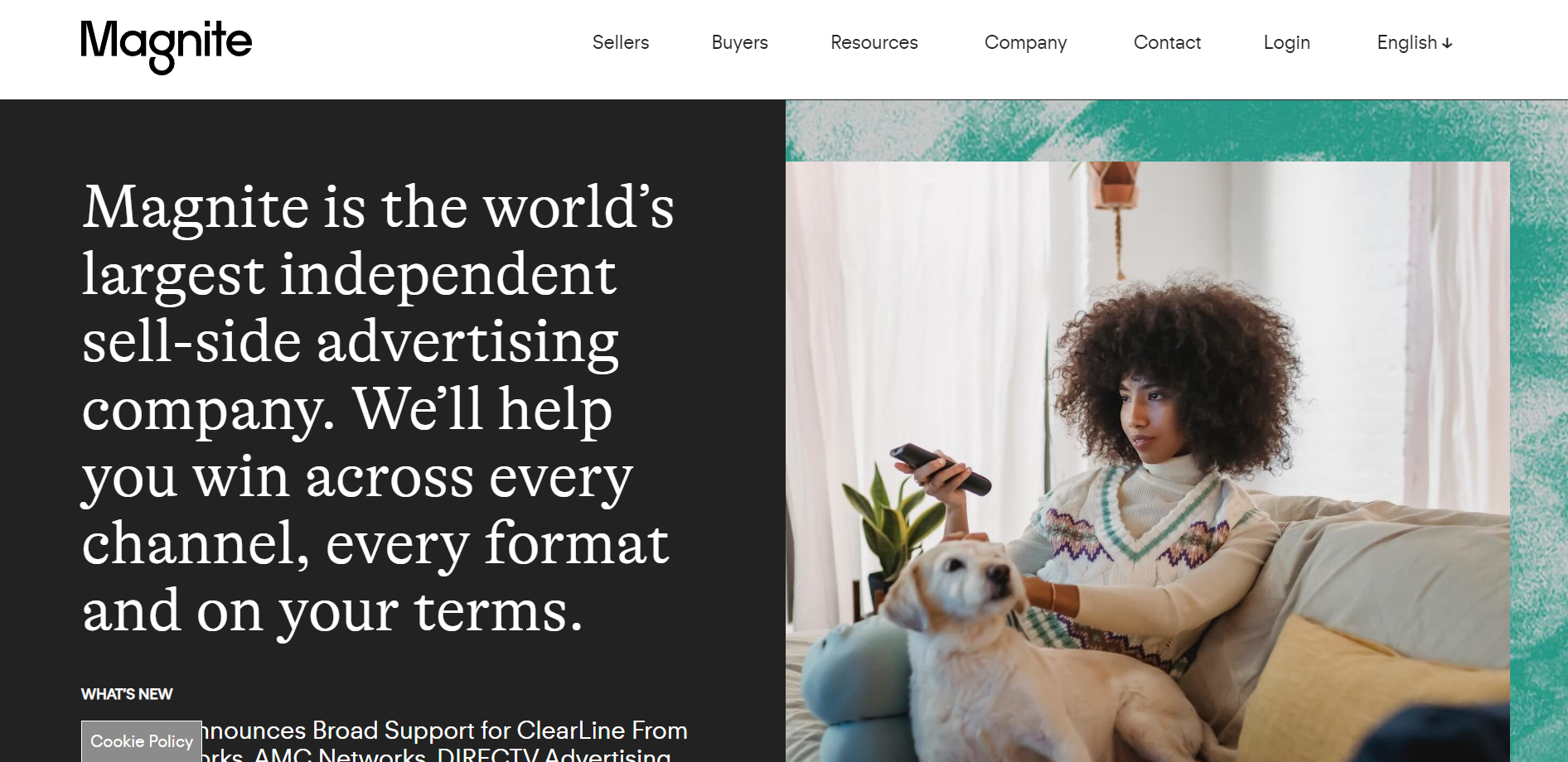
In the realm of advertising, Magnite has etched its name as the paramount autonomous sell-side advertising platform worldwide.
Its distinction extends to being a meticulously curated programmatic advertising marketplace, globally sought-after for the strategic placement of video advertisements. A rarity, the Rubicon video ad network enjoys unparalleled esteem and acknowledgment, a testament to its unmatched credibility.
The synergy from the merger deftly amalgamates Telaria’s robust connected TV and video management operations with Rubicon’s expansive programmatic desktop and mobile video advertising expertise.
This amalgamation ensures a comprehensive approach transcending conventional boundaries, effectively serving mobile and desktop user segments.
6. OpenX
OpenX is a versatile video ad network seamlessly accessible through prominent video ad servers, players, and integrations.
Notably, its compatibility extends to VAST tags, header bidding, and OpenRTB, strategically optimizing inventory worth through a dual approach of open auctions and private marketplaces.
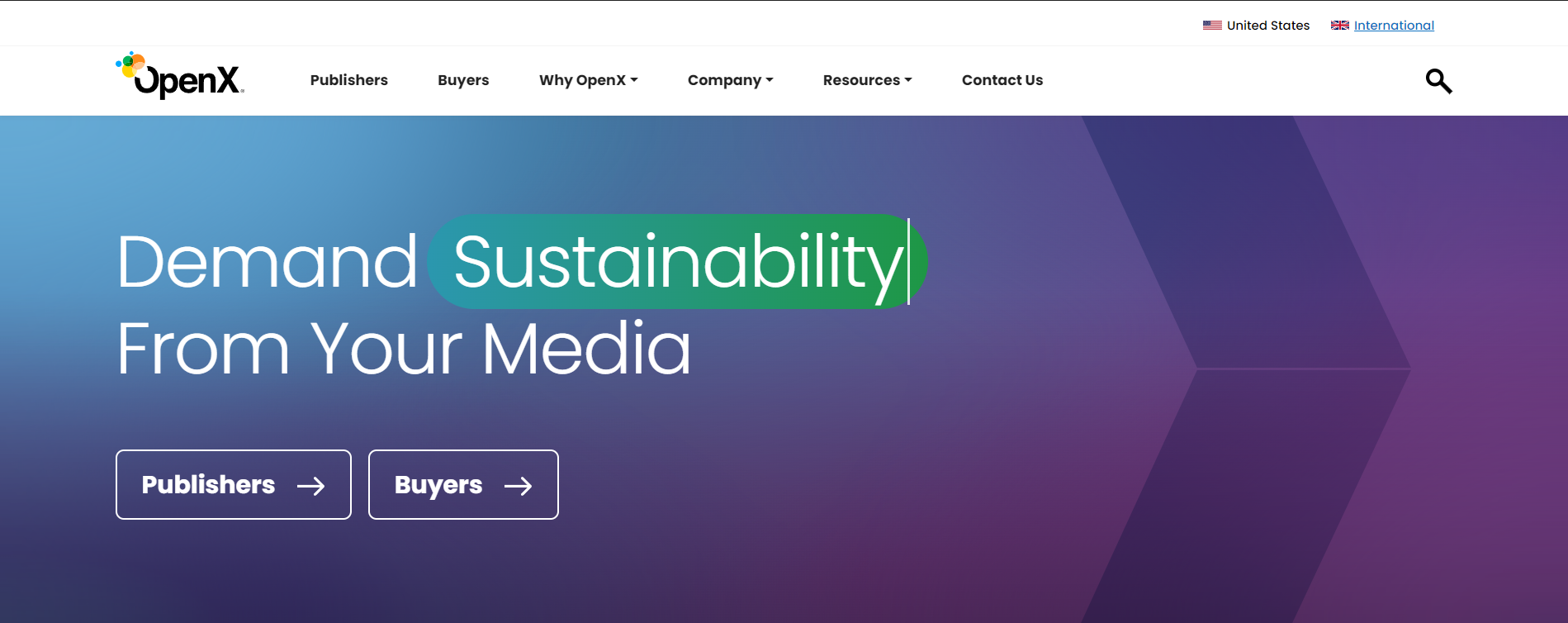
Distinguishing itself, OpenX stands as a favorable choice within the realm of over-the-top (OTT) media services, effectively catering to platforms like Netflix.
This adaptability manifests through its seamless integration of in-stream and out-stream video ads.
This video marketing channel presents an ideal solution for users with a substantial repository of personalized video content. It’s important to note that OpenX doesn’t offer syndication services, thus requiring users to have a robust reservoir of original video materials.
7. AdPlayer.Pro
AdPlayer.Pro is an innovative out-stream video ad solution, presenting a dynamic avenue for publishers and content creators to extract valuable ad revenue by leveraging their editorial content.
What sets AdPlayer.Pro apart is its capacity to unlock monetization potential, independent of whether publishers possess on-site video inventory.
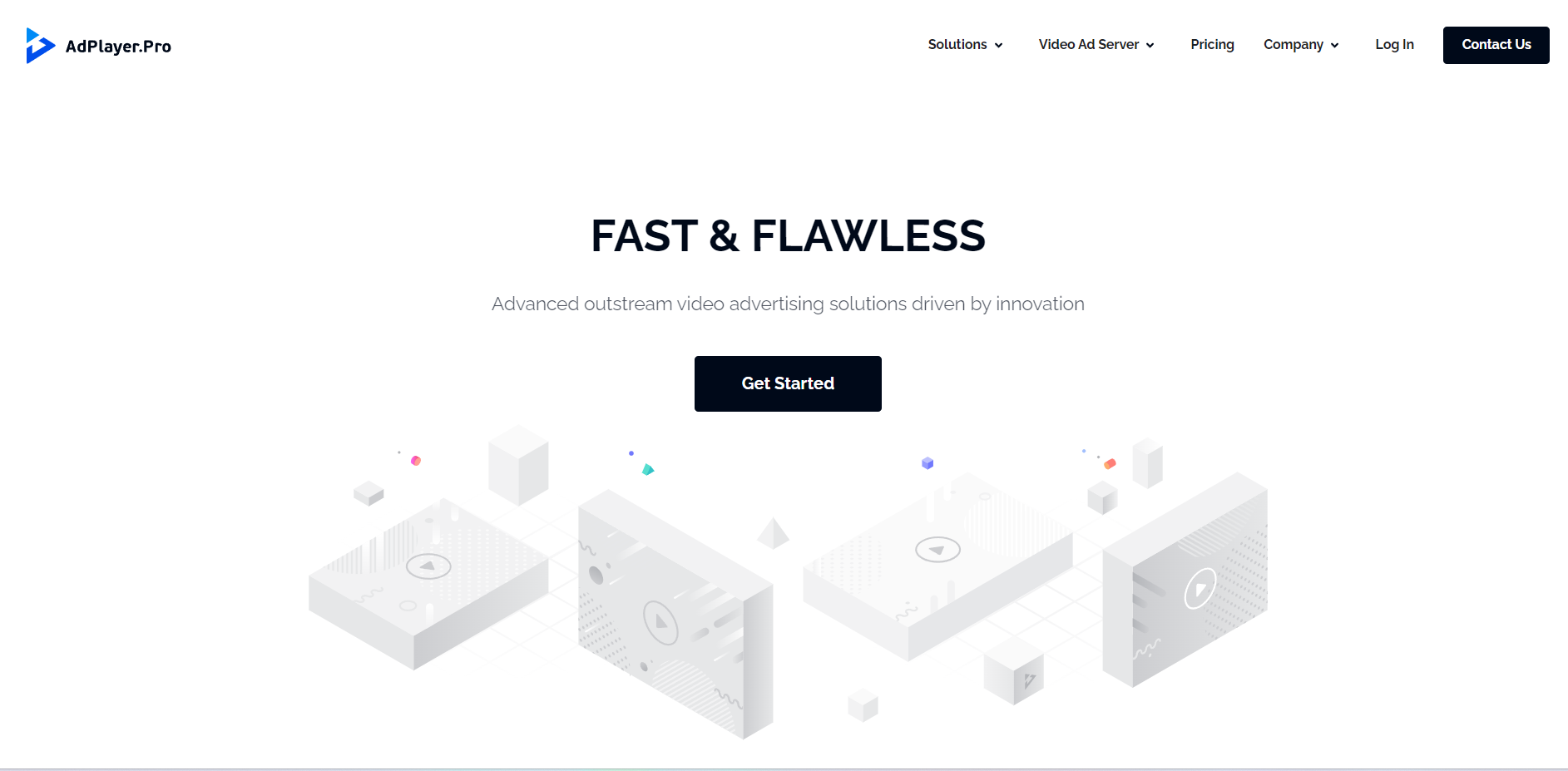
A salient feature of AdPlayer.Pro is its versatility in ad placement, supporting both in-app and in-page video ad displays.
This adaptability ensures seamless integration across varied digital contexts, providing a broader canvas for advertisers to connect with their target audience.
One of AdPlayer.Pro’s compelling attribute is its ability to augment existing ad revenue streams without causing disruptions to the current ad stack.
This innovation circumvents the challenges of reconfiguring established advertising strategies while enhancing revenue potential through strategic video monetization techniques.
8. Facebook Audience Network
The Facebook Audience Network introduces an in-stream video ad platform, inviting publishers to harness their unique content for monetization.
Notably, this platform aligns seamlessly with the predominantly mobile user base on Facebook, rendering it particularly well-suited for mobile video ad inventory.
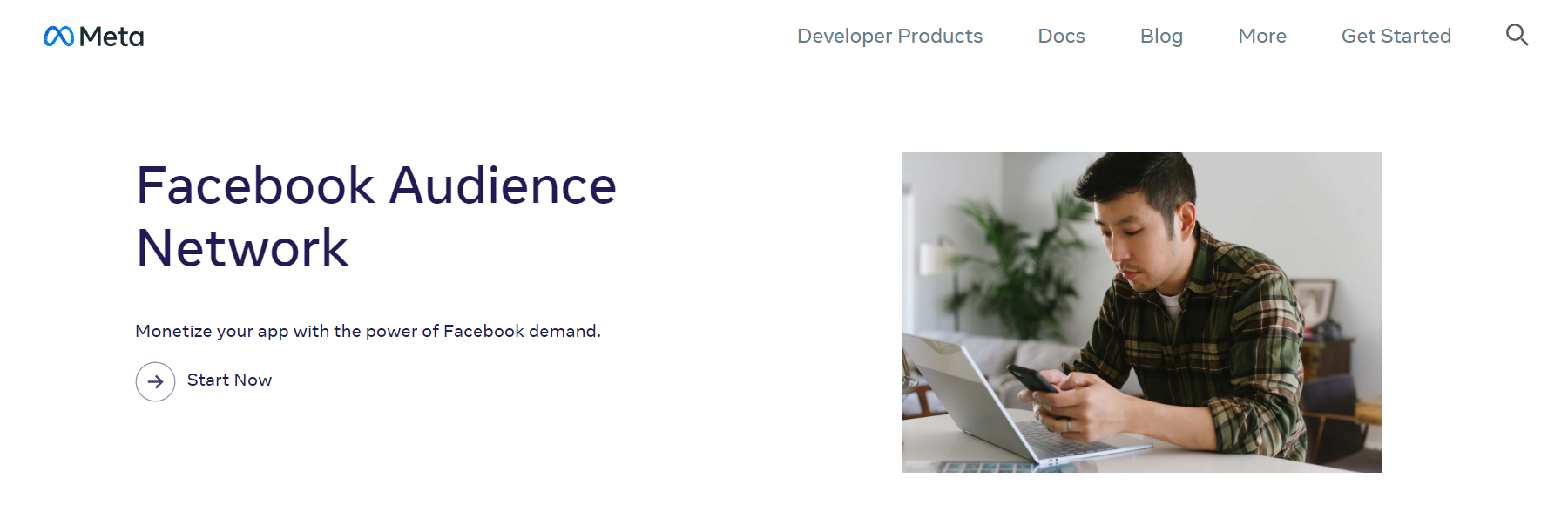
Emphasizing flexibility, publishers can opt for either mid-roll or pre-roll ads, although the system currently lacks support for post-roll ads.
Including diverse video ad formats enhances Facebook’s allure as a compelling option in video advertising.
The Facebook Audience Network emerges as an adept choice for those seeking to leverage the potential of video ad formats.
However, it’s essential to remember that the Cost Per Mille (CPM) rates are subject to diverse influences, encompassing bid density and geographical location.
It’s worth noting that successful integration of the Facebook Audience Network necessitates the configuration of Supply-Side Platforms (SSP) or ad servers, ensuring efficient delivery of video ads. This technical facet underscores the platform’s commitment to a seamless and effective ad delivery system.
9. Primis
Primis stands as an exemplar in the realm of video discovery engine platforms.
At its core, Primis is the pioneer of the Video Discovery platform, crafted with the overarching objective of augmenting publishers’ revenue streams by facilitating the seamless discovery of premium video content for their user base.

The crux of Primis’ prowess lies in its cutting-edge Video Discovery technology, a bedrock utilized by countless digital publishers across the globe.
This technology imparts an enriched video experience to 300 million unique users.
Through a meticulously engagement-oriented approach, Primis endows users with tailored video content recommendations that resonate with their preferences.
A staggering magnitude underscores Primis’ impact, with a monthly output of 4.8 billion content recommendations spanning 3.4 million distinct pieces across 30 diverse verticals.
This intricate web of recommendations is the bedrock for monetizing over 4.5 billion video impressions.
10. Publift
Publift, established in 2015, has been a guiding force for publishers navigating the intricate landscape of programmatic advertising.
Founded by individuals with Google backgrounds, the company is acutely attuned to the challenges publishers face in collaborating with premium brands, particularly those of smaller and mid-sized stature.
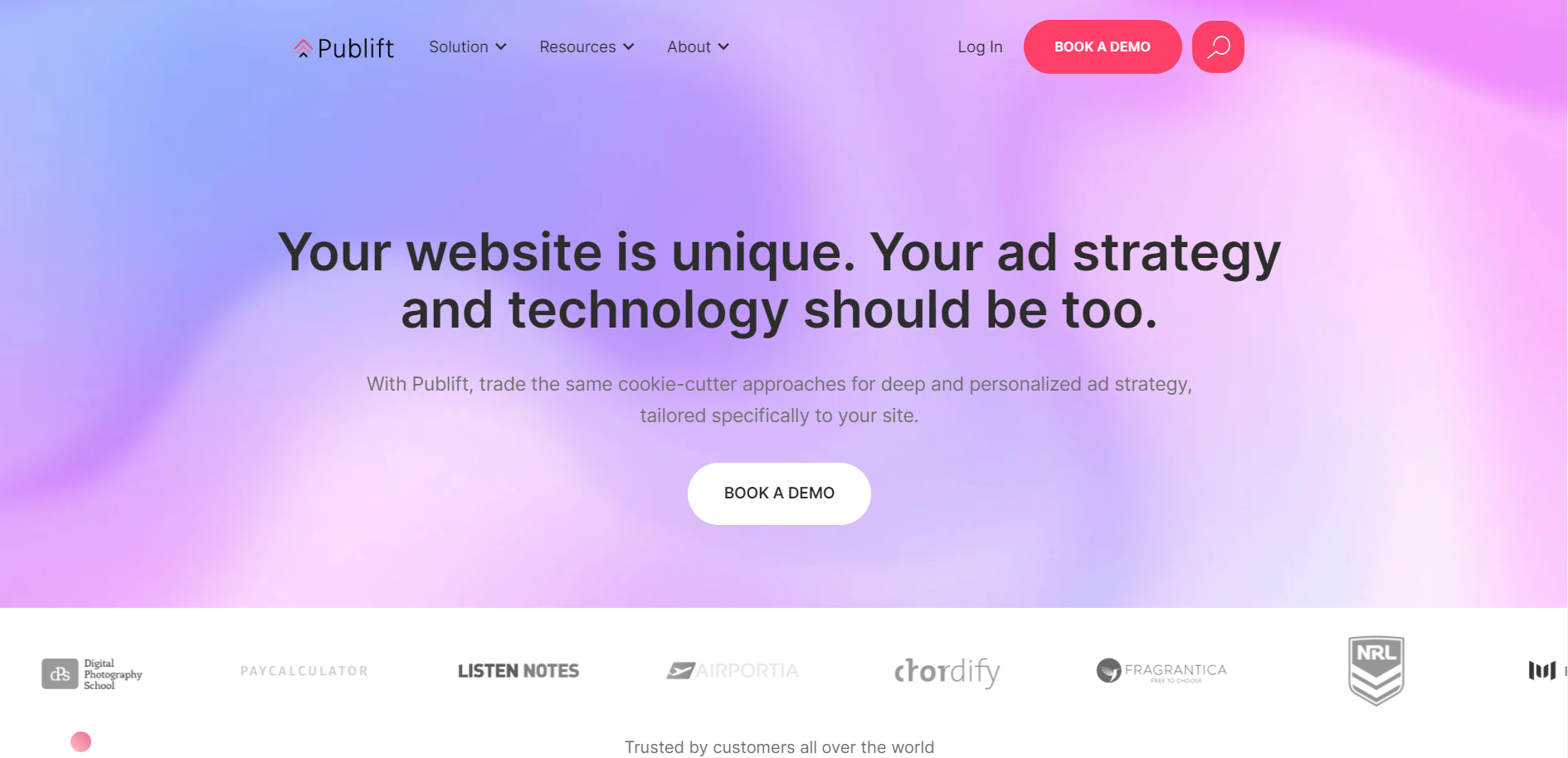
Central to Publift’s operation is its adept aggregation of multiple video ad networks, including Teads, OpenX, Primis, and Magnite.
This robust network consolidation empowers publishers to tap into diverse video ad networks, effectively widening their reach and engagement. This integrated approach eliminates the need for publishers to juggle multiple platforms independently.
The platform’s impact reverberates through its partnerships with over 350 publishers worldwide.
These collaborations have resulted in an impressive average revenue surge of 55% for participating publishers. This substantial enhancement highlights Publift’s efficacy in addressing publisher challenges and driving tangible growth.
Quick Links:
- 10 Best Adult Ad Networks
- 9 Best Crypto Ad Networks
- List of 7 Best Ad Networks for Push Ads
- 10+ Best Ad Networks For Advertisers & Publishers
Conclusion: Best Video Ad Networks For Publishers 2026
Throughout this exploration of the best video ad networks for publishers, we’ve unveiled platforms that transcend the conventional, offering innovative solutions tailored to publishers’ diverse needs.
Whether it’s the precision targeting of Facebook Audience Network, the personalized strategies of Publift, or the seamless integration of AdPlayer.Pro, or the expansive reach of Magnite and Primis, each network brings a unique set of strengths to the table.
These networks exemplify the industry’s evolution, adapting to changing audience preferences, technological advancements, and the growing appetite for video content.
As publishers strive to balance revenue generation and user experience, the best video ad networks are invaluable allies, fostering collaborations that benefit all stakeholders.
Ultimately, the success of a video ad network lies in its ability to amplify publishers’ content, connect them with brands, and facilitate meaningful interactions with audiences.
By harnessing these networks’ capabilities, publishers can create a synergy between their content and advertising strategies, achieving a harmonious blend that captivates, informs, and entertains.
